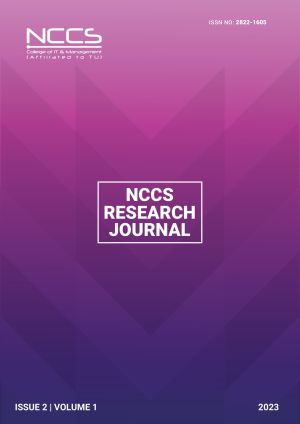Nepal's Policies and Practices for Gender Equality
DOI:
https://doi.org/10.3126/nccsrj.v2i1.60083Keywords:
Development, quality for women and men, policies, local governmentAbstract
The development policy of the government of Nepal based the article on gender equality, inclusion, and its relationship with development in the context of the current federal structure. This article focused on two objectives: to examine the institutional contributions to gender equality and inclusion and to learn how to participate and benefit from the development activities and services on an equal basis. Gender inclusion in the development sector is defined as the participation, decision-making roles, responsibilities, attributes, and power relations in all development government sectors. Using secondary sources, this article gathered and reviewed related literature from books, articles, election commission reports, related acts, policies, and constitutions, as well as collected profiles. 31.1 percent of people who find this article are elected, 58.9 percent of them are men, and 41.1 percent of them are women. In province No. 5, there are 22.28 percent of elected officials, of whom 58.78 percent are men and 41.22 percent are women. In Province No. 6, a total of 29.73 percent of candidates are elected and 26.73 percent of the province's 7 candidates are elected, with 59 percent being men and 41 percent being women. Gender equity and its relationship to government among elected candidates is quite high compared to what the Nepal Constitution of 2072 and various political parties' election manifestos of 2074 allotted, as the Nepal Constitution of 2072 stated that every political party must include at least 33 percent women in all of its political activities, including elections. Considering gender when making decisions and giving women leadership roles. Lack of participation in local development activities, allocation of gender-sensitive funds, and policy- and program-making.




